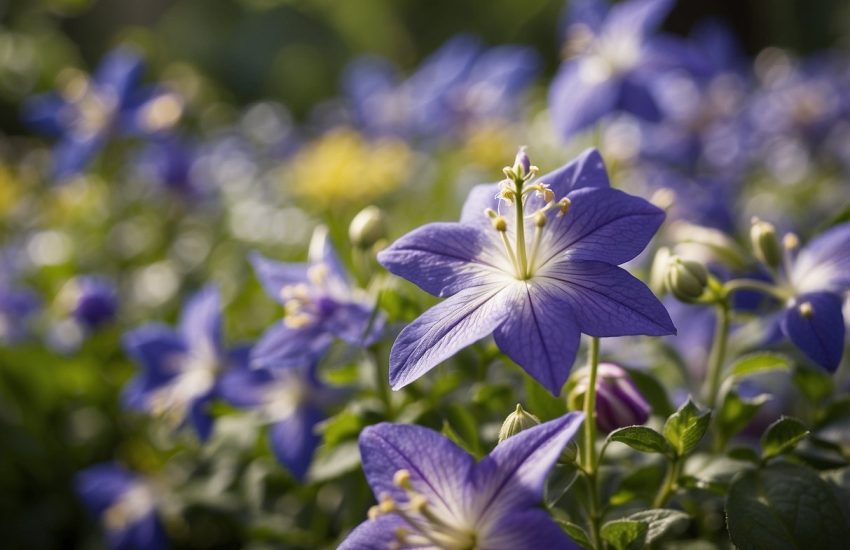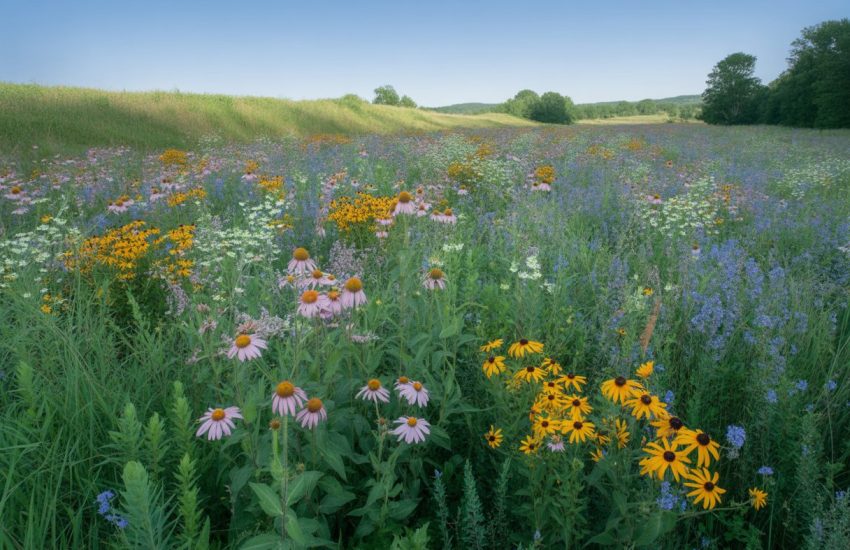Leaves of Shasta Daisy: Characteristics and Care Tips
Shasta daisy, also known as Leucanthemum x superbum, is a popular perennial plant that is often grown for its beautiful white flowers with yellow centers. The leaves of Shasta daisy are an important part of the plant’s overall aesthetic, providing a lush green backdrop for the striking flowers. In this article, we will explore the role of leaves in Shasta daisy plants and how they contribute to the plant’s overall health and appearance.

Shasta daisy is a hardy plant that thrives in full sun and well-drained soil. While the flowers are the main attraction, the leaves are just as important for the plant’s overall health. The leaves of Shasta daisy are large and toothed, with a slightly hairy texture. They are typically a bright green color and can grow up to six inches in length. The leaves provide an important source of energy for the plant through photosynthesis, and they also help to regulate moisture levels and protect the plant from pests and diseases.
Cultivation and Care
Planting and Soil Requirements
Shasta daisies are easy to grow and can be planted in early spring or fall. They prefer well-drained soil with a pH of 6.0 to 7.5 and benefit from the addition of organic matter. When planting, ensure that the root ball is level with the soil surface and spaced 1 to 2 feet apart to allow for their spread.
Watering and Feeding
Shasta daisies require regular watering, especially during the hot, dry summer months. Water deeply and infrequently to encourage deep root growth and prevent root rot. Fertilize with a balanced fertilizer in early spring and midsummer, and add compost to the soil annually to improve soil fertility.
Pruning and Maintenance
Deadhead spent flowers to encourage continuous flowering and remove any diseased or damaged foliage to promote healthy growth. Divide clumps every 2 to 3 years to prevent overcrowding and maintain plant vigor.
Propagation and Division
Shasta daisies can be propagated by seed or division. Seeds can be sown indoors in early spring or directly in the garden in late spring. Division is best done in early spring or fall.
Seasonal Considerations
Shasta daisies are summer bloomers, flowering from early summer to fall. They are hardy in zones 5 to 9 and require overwintering in colder regions. Mulch around the base of the plant in late fall to protect the roots from frost.
Pests and Diseases
Shasta daisies are relatively pest and disease-free, but may be susceptible to aphids, slugs, earwigs, and root rot. Monitor plants regularly and treat as necessary with organic pest control methods.
Overwintering and Hardiness
Shasta daisies are hardy in zones 5 to 9 and require overwintering in colder regions. Mulch around the base of the plant in late fall to protect the roots from frost.
Special Care for Containers
Shasta daisies can be grown in containers but require well-drained soil and regular watering. Fertilize with a balanced fertilizer in early spring and midsummer, and add compost to the soil annually to improve soil fertility.
Optimizing Growth Conditions
Shasta daisies prefer full sun and moist, fertile, and well-drained soil. They are drought-tolerant once established and benefit from staking in windy areas.
Common Cultivars and Varieties
Common cultivars and varieties of Shasta daisies include ‘Becky,’ ‘Snow Lady,’ and ‘Crazy Daisy.’ They have white flowers with yellow centers and are fully double.
Environmental Impact and Native Status
Shasta daisies are not native to North America but have naturalized in some regions. They are not considered invasive and do not pose a threat to native plant species.
Attracting Wildlife
Shasta daisies attract pollinators such as butterflies and bees to the garden and can be used as cut flowers.
Use as Cut Flowers
Shasta daisies make excellent cut flowers and can last up to 2 weeks in a vase with proper care.
Historical Significance
Shasta daisies were developed by horticulturist Luther Burbank in the late 1800s and named after Mount Shasta in California.
Height and Spread
Shasta daisies typically grow 1 to 2 feet tall and spread up to 3 feet wide.
Drought Tolerance and Staking
Shasta daisies are drought-tolerant once established and benefit from staking in windy areas. They prefer moist soil but can tolerate dry conditions.
Landscape Design and Aesthetic Value

Shasta daisies are a popular choice for many landscapers due to their aesthetic value. They are versatile and can be used in a variety of landscape designs. Here are some ways to incorporate Shasta daisies into your landscape design.
Designing with Shasta Daisies
Shasta daisies are a great addition to any landscape design. They are easy to grow and maintain, making them a popular choice for many gardeners. Shasta daisies come in a variety of sizes and shapes, ranging from compact clumps to tall and airy plants. They are also available in different bloom times, making it easy to incorporate them into any design.
Color Combinations and Textures
Shasta daisies have white petals with a yellow center, making them a great addition to any landscape design. They look great when planted in clumps or as a border. Shasta daisies also look great when paired with other plants that have different textures and colors. For example, they look great when paired with plants that have dark foliage or bright colors.
Creating Focal Points and Borders
Shasta daisies are great for creating focal points in a garden. They can be used to draw attention to a specific area or plant. They also make great borders when planted in clumps. Shasta daisies can be used to create a natural-looking border that will add interest to any landscape design.
Companion Plants and Layering
Shasta daisies are great for companion planting. They look great when paired with other perennials such as coneflowers, black-eyed Susans, and daylilies. They also look great when planted in containers with other plants. Shasta daisies can be used to create a layered effect in a garden. They can be planted in the front of a garden bed, with taller plants behind them.
In conclusion, Shasta daisies are a great addition to any landscape design. They are easy to grow and maintain, making them a popular choice for many gardeners. They come in a variety of sizes and shapes, making it easy to incorporate them into any design. Shasta daisies are also great for companion planting and can be used to create a layered effect in a garden.


